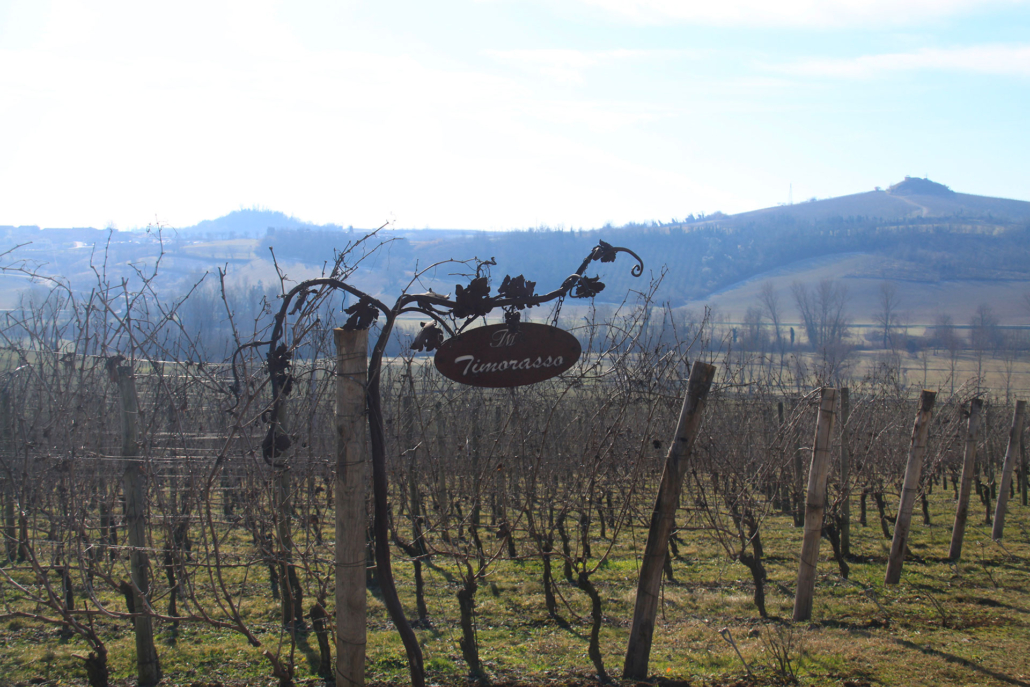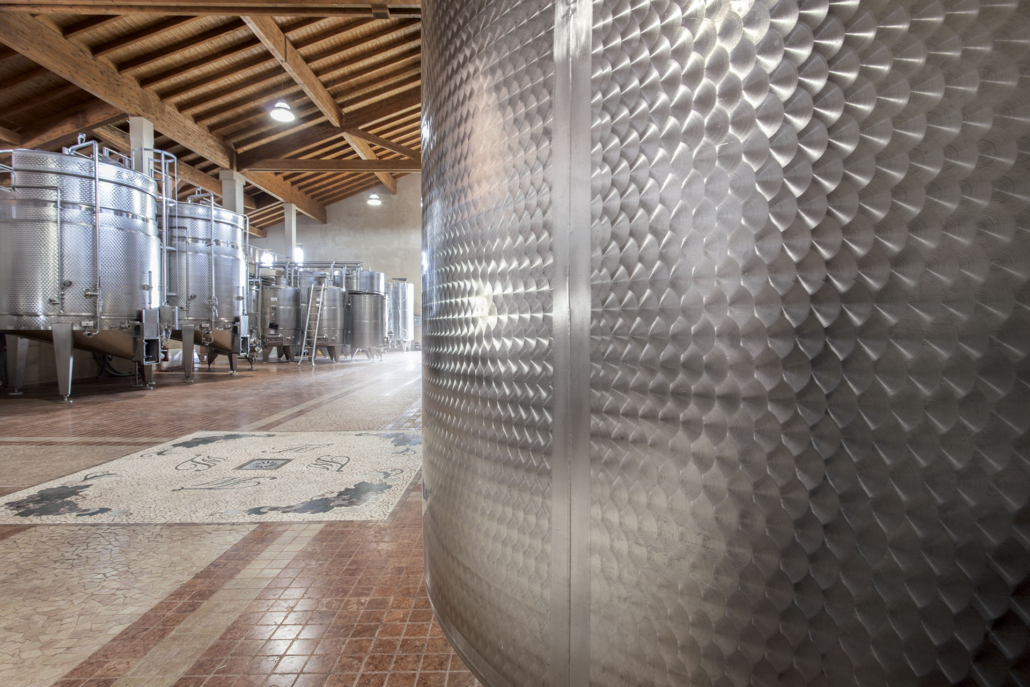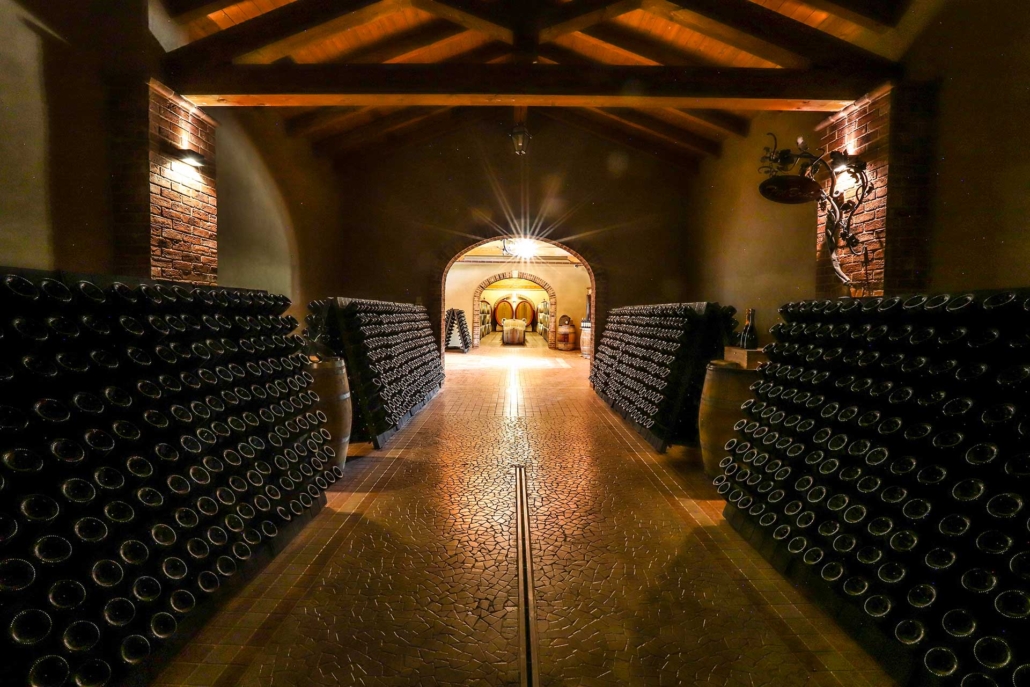Work in the vineyard and cellar of Tenuta Montemagno at the end of winter
Article written in collaboration with Roberto Nantiat and Gianfranco Cordero, winemakers of Tenuta Montemagno
A few days ago we entered the spring season, the period in which the vineyard wakes up from its winter rest and prepares to be reborn to bear those wonderful fruits that we will harvest at the end of the summer season. In the last article, we learnt what work had to be done at the beginning of the cold season.
In this one, we will see with Roberto Nantiat, the oenologist who, together with Gianfranco Cordero, follows the work at Tenuta Montemagno, what has been done in the second half of the winter and how we are preparing for the spring awakening.
Let us begin by pointing out that from January to the present (we are now in the last ten days of March), winter has been characterised by mild temperatures.

Only in February, and for less than a week, temperatures dropped below freezing. As far as precipitation is concerned, it must also be said that it has been decidedly scarce, indicating a continuity of drought that has persisted since last year.
In the vineyard, all pruning was completed; the shoots that had been cut at the end of the harvest were removed completely.
Since the beginning of March, we have been bending and tying the fruit heads to allow the plants to start sprouting for the new vintage.
It was precisely in this latter period that a much faster vegetative recovery than normal vine activity was noted.
In fact, the presence of the first cotton buds was observed, a sign that these are swelling, when normally in March the first ‘weeping’ of the vines should have been seen.
It must be said, however, that these weeping did take place, even if, due to the low amount of water reserve, they were not as vigorous as can normally be observed.
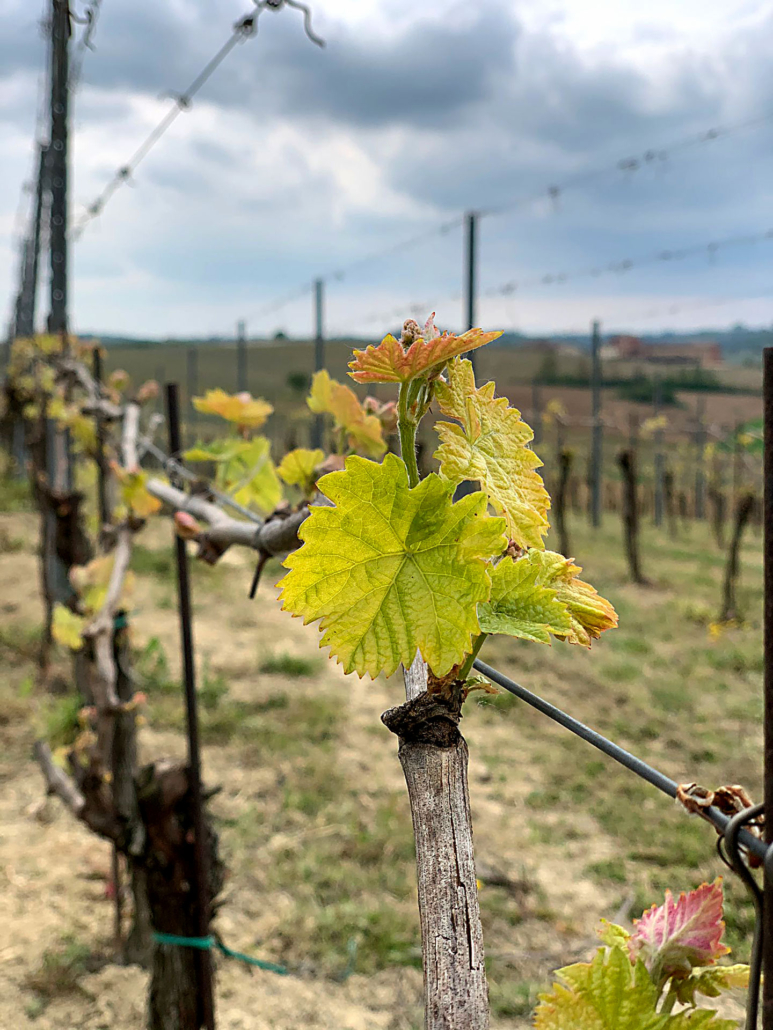
The climatic changes observed last year, and in particular from the end of the 2022 harvest to the present, were the subject of a meeting between oenologists and Tenuta Montemagno’s agronomist, Maurizio Cerrato. The purpose of the meeting was to define a strategy to be implemented in order to deal in the best possible conditions with the adversities brought about by the weather and not only. In fact, this year a number of new natural-based products will be used to support the plants both against water shortages and to supplement and reinforce their defences against attacks by parasites and fungi.
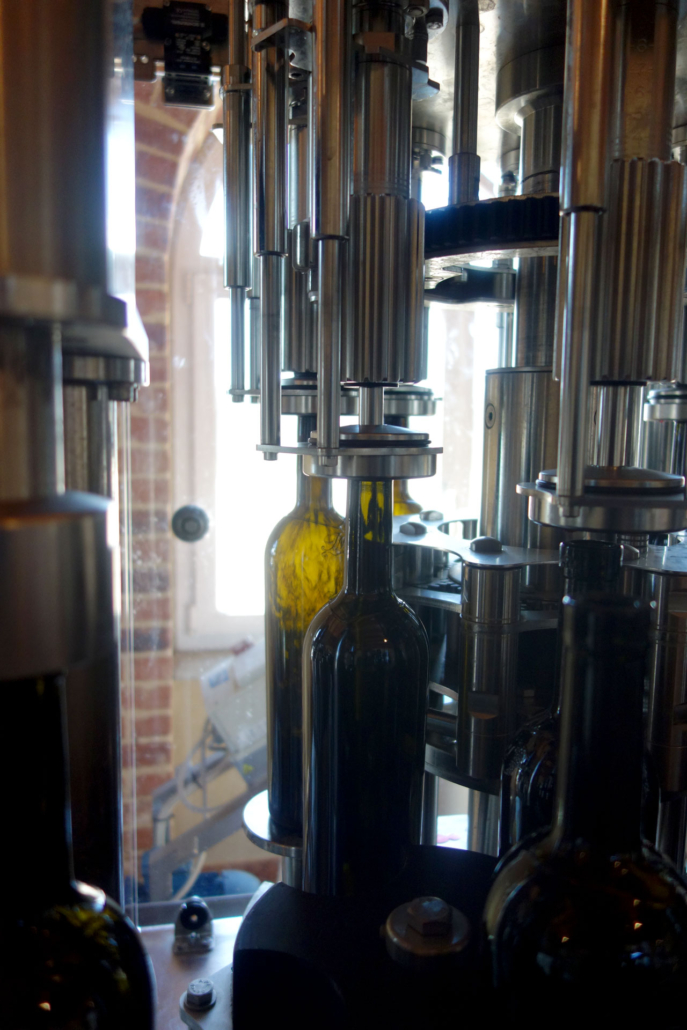
In the cellar, bottling of all the white wines continued (an activity that should be completed by the end of March), while, again towards the end of the month, the TM Brut will be drawn, thus initiating the second fermentation in the bottle with yeasts and sugars to produce the bubbles. At the beginning of March, the Grignolino was bottled, while for all the other red wines the ageing phase continued, depending on the type of wine, in tanks or in barrels.We can say that the winter was a season of work to prepare the vineyards in the best possible way and to activate the strategies that will allow nature to work in the best conditions with. the arrival of fine weather. The next appointment with our editorials dedicated to Tenuta Montemagno’s vineyards and winery is scheduled for July; on that occasion we will be able to tell you what was done during the Spring 2023.



